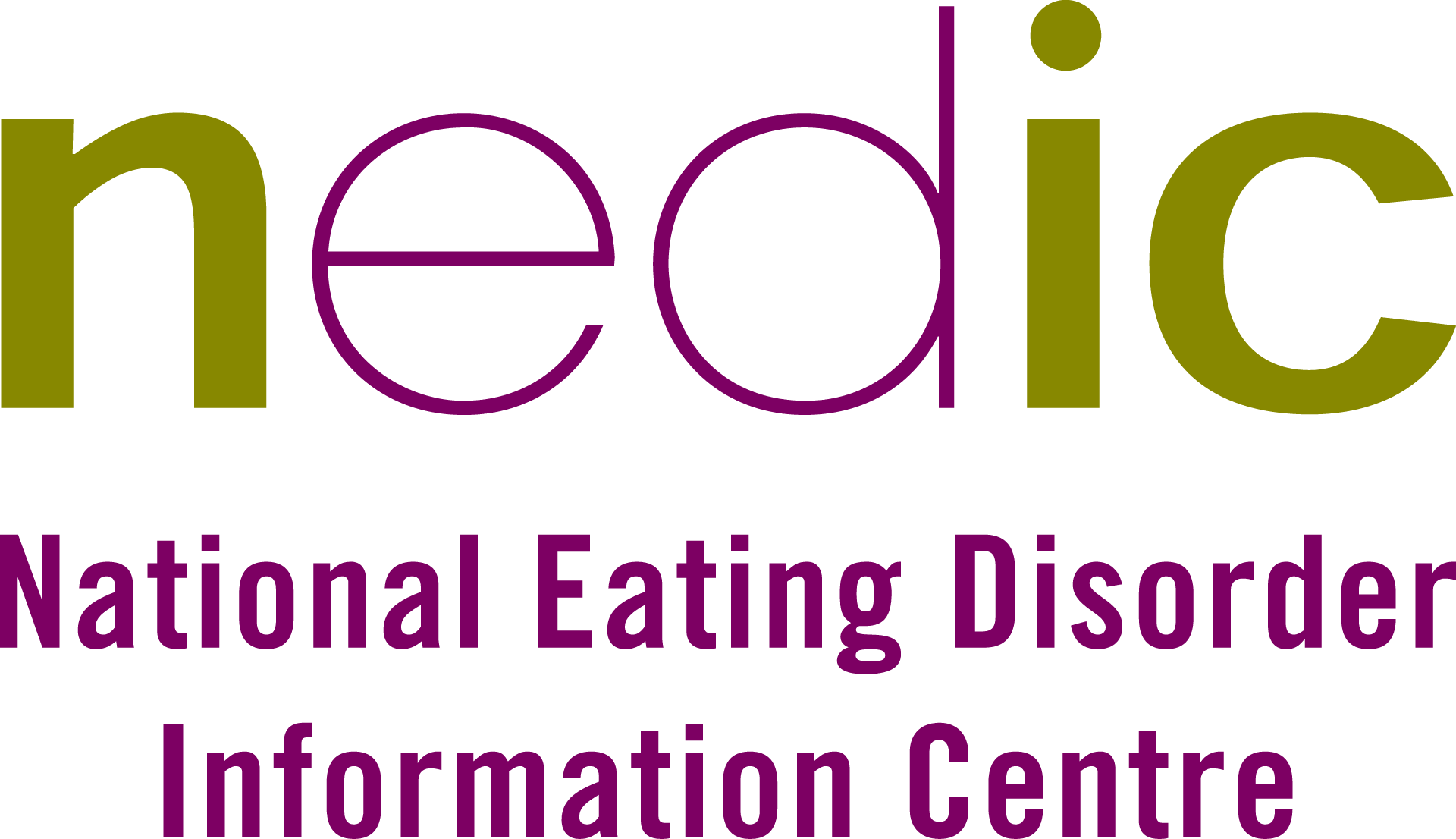
Pica is characterized by the persistent consumption of non-nutritive, non-food items. Examples of items that people with pica may feel compelled to eat are paper, soap, cloth, hair, fabric, soil, chalk, paint, metal, pebbles, charcoal, ash, clay, and ice.
The following are possible signs and symptoms of persistent consumption of non-food items.
As a normal part of learning and development, children between 18 months and two years of age may put various non-nutritive, non-food items into their mouths that they end up ingesting. If this behaviour occurs later in life, however, it should be addressed as quickly as possible.
Anorexia nervosa is a mental illness characterised by behaviours that interfere with maintaining an adequate weight.
Biological, social, genetic, and psychological factors play a role in increasing the risk of its onset.
Bulimia nervosa is a mental illness characterised by periods of food restriction followed by binge eating, with recurrent compensating behaviours to “purge” the body of the food.
Biological, social, genetic, and psychological factors play a role in increasing the risk of its onset.
Avoidant/restrictive food intake disorder (ARFID) is characterised by severe limitations in the amount and/or types of food consumed, but unlike anorexia nervosa, it does not involve distress about body shape or size, or fears of fatness.
ARFID is a mental illness which can severely compromise growth, development, and health.
Binge eating disorder is a mental illness that can seriously affect psychological and physical health. It is characterized by recurrent episodes of eating large quantities of food then experiencing shame, distress or guilt afterwards.
Other Specified Feeding and Eating Disorders refers to atypical presentations of anorexia nervosa, bulimia nervosa, and binge eating disorder, among other eating disorders.
These eating disorders are equally serious and as potentially life-threatening as the more typical presentations.
Rumination syndrome, which also goes by the name rumination disorder, is classified as both a digestive disorder and a feeding and eating disorder.